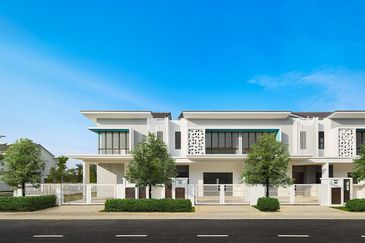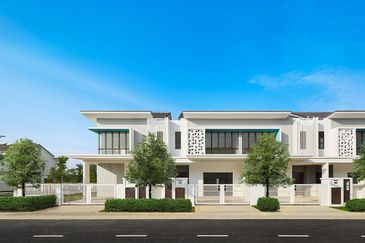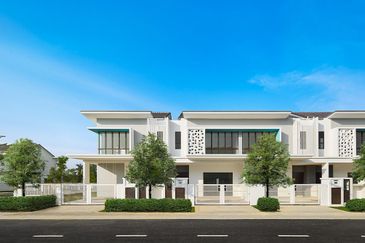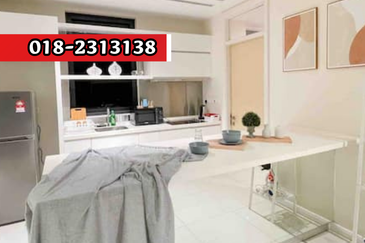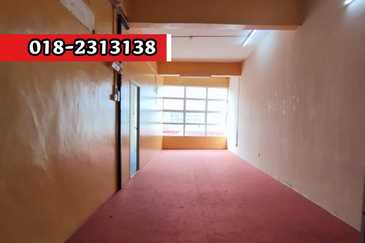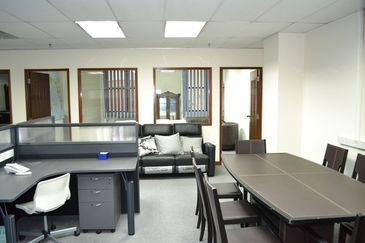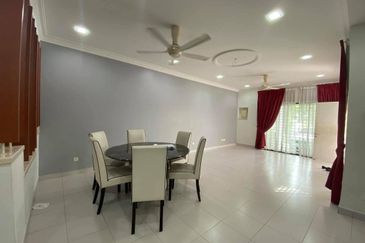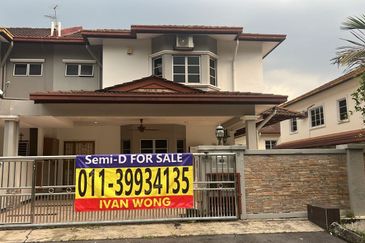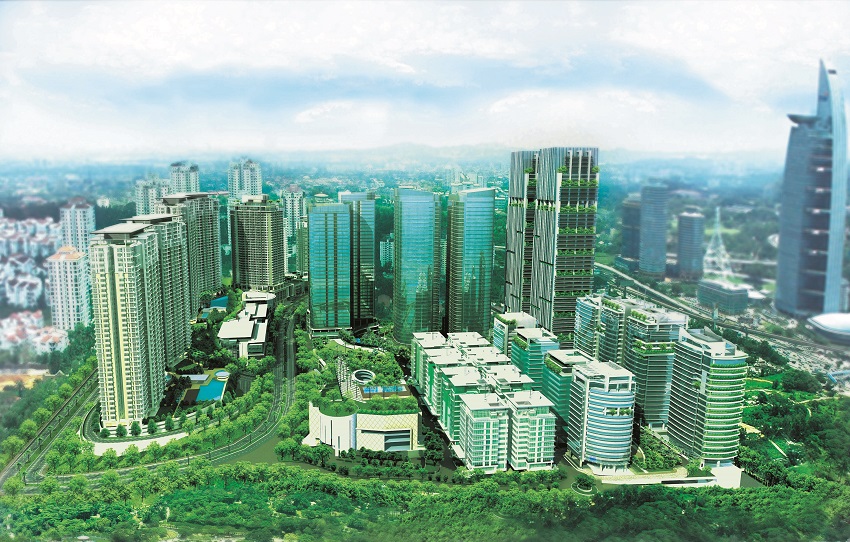
THE look and feel of Malaysian homes are changing, say members of the Real Estate and Housing Developers’ Association Youth Malaysia (Rehda Youth). They attribute this to changing demographics, more sophisticated buyers, the rising cost of living and the need to keep property prices affordable. Here, young property developers describe the current and emerging trends in the local property market.
Mixed-use developments
The general consensus among developers is that more mixed-use developments will be built across the country over the next 5 to 10 years. These projects, which incorporate residential, commercial, entertainment, recreational and even cultural components, are already mushrooming across the Klang Valley and in new townships.
These developments see homes, offices, restaurants, shops and entertainment outlets stacked vertically on each other or constructed within walking distance. Developers say the popularity of these projects reflects the changing behaviour and mindset of young homebuyers.
“Young homebuyers have different expectations and they want facilities that allow them to live a certain lifestyle. So, developers are building an environment that fosters the desired lifestyle of our buyers.
Gone are the days when we only had to provide a swimming pool and playground. Now, we provide facilities, amenities and connectivity,” says KIP Group director Valerie Ong.
“In these developments, developers look at the physical layout, facilities, architecture and design of the residential units as well as the office space, mix of retail outlets, parks or recreational spaces and connectivity to roads and transport hubs. Ideally, all these are available and easily accessible. Mixed-use developments, which are also known as integrated developments, are transforming Malaysia’s property landscape.”
Datuk Seth Yap, executive director of M101 Holdings Sdn Bhd, says mixed-use developments have given rise to another trend in the Kuala Lumpur city centre.
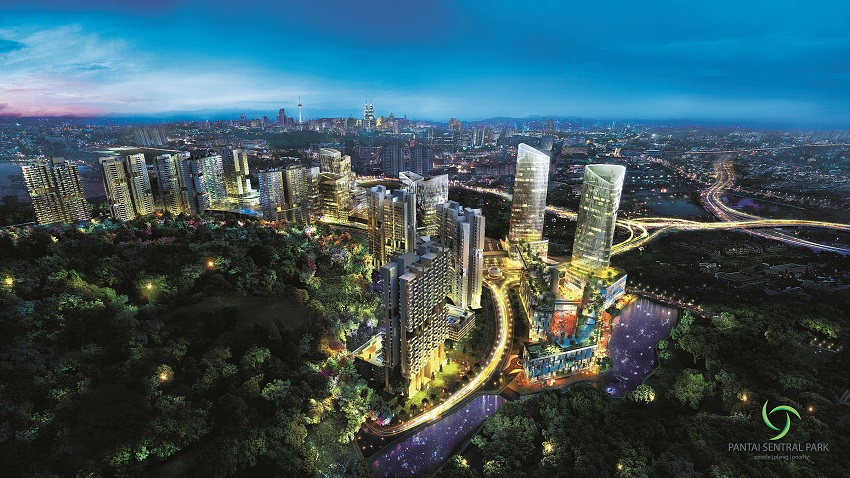
Property investors are looking for “condotels”, or condominium hotels. These are residences that merge the best features of condominiums and hotels and offer a luxurious living experience for tenants.
“Condotels are currently very popular among global property investors. They are looking for condotels with a global brand name,” says Yap.
“This is a very competitive market and buyers are looking for more than just a home. They are looking for a lifestyle and association with a premium brand.
They want a home with the amenities and services of a four or five-star hotel.”
Mixed-use projects are touted as “greener” developments as they make the best use of the land and supporting infrastructure. Connectivity to a transport hub, such as a mass rapid transit or bus station, allows residents to take public transport and scale down the use of private cars.
“The living environment in these developments is more compact, but the quality of life is maintained or made better. Young adults have a tendency to look for things to do. Their lifestyle can be described as ‘living out’ as opposed to ‘living in’, which is the desire to spend time at home. The young want to socialise, engage and connect with each other and they are looking for property that enables this lifestyle,” says Ong.
To cater for this buying behaviour, developers have started to build more common facilities and amenities within their residential developments. “Facilities that used to be nice-to-have have turned into a competitive advantage. Now, developers have to provide residential units with beautiful landscaping and a swimming pool located on a high floor. They may even provide two or three swimming pools to stand apart from their competitors,” says Ong.
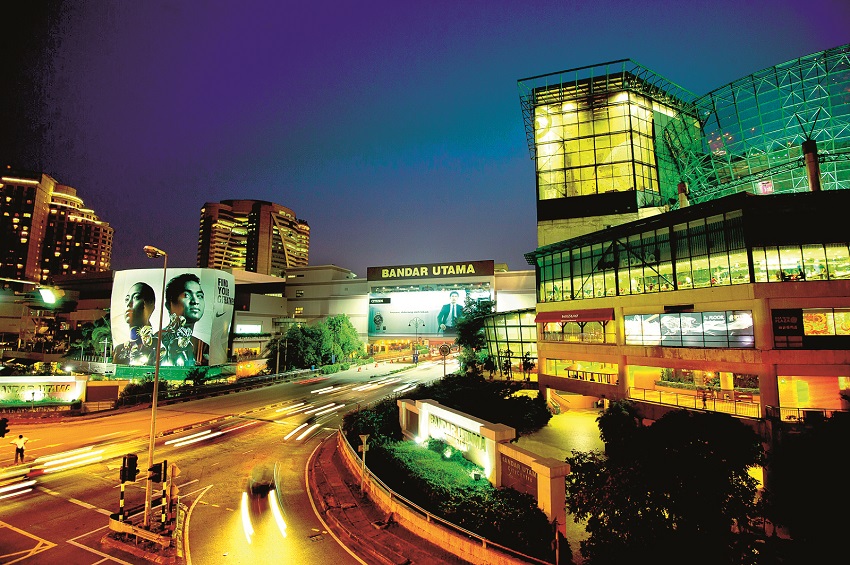
“Niche facilities, such as yoga rooms, movie room and bar with a view, are also increasingly common. When aspiring homebuyers enquire about a project, they ask about the facilities and view before asking about the size of the unit and number of bedrooms. They will pick a development that has facilities they can enjoy with their friends. Unusual facilities give them bragging rights and are fun to use.”
More residential buildings are including food and beverage options as part of the development, she adds. Eating outlets trump retail space as the former supports the community-based lifestyle, which needs a physical place to congregate.
“Retail outlets, especially shops selling fashion brands, are increasingly less relevant. Young adults are going online to shop. The affluent would rather go overseas to shop. This means that retail outlets are less likely to pull a crowd,” says Ong.
“But everyone needs to eat and millennials eat out more often than the previous generations. Many younger adults are foodies; a lot of them love to eat. A restaurant or bar is also used as a space to gather and socialise. These days, even work meetings and networking sessions are held at dining outlets.”
Aged care facilities
Malaysia is expected have an aged population by 2030. Longer life expectancy and a rapidly greying population will require aged care facilities — another emerging trend in the property market, say developers.
“Caring for and supporting the needs of the elderly will become even more important in the coming years. Aged care is more than nursing homes. It refers to adequate housing, healthcare services, medical services, community and leisure facilities that meet the needs of the elderly,” says Kong Sze Choon, CEO of UOA Asset Management Sdn Bhd.
![]()
“Housing is essential for everyone. I hope to see a greater emphasis on aged care housing and facilities from developers and the government. Baby Boomers are getting older and they have their own set of needs. But it is getting increasingly difficult for a typical household made up of working parents with school-going children to provide the care required by their elders. Furthermore, homes are getting smaller these days. The older generation is less willing to stay with their adult children.”
Kong sees an opportunity for property developers to cater for the needs of the ageing Baby Boomers who want to maintain an active and social lifestyle. “This is a burgeoning industry in Malaysia. There are two aged care developments that are currently being constructed, but there is growing demand from ageing locals and foreigners who are looking to retire in Malaysia. Japan, the country with the largest number of elderly people in the world, is the world leader in aged care facilities. Aged care developments here are likely to take their cue from the facilities in Japan.”
Senior citizens who live in these developments are encouraged to maintain their independence and lifestyle, and medical services must be available. According to a report by non-profit organisation Help Age, people are living longer but they are also increasingly battling chronic illnesses such as heart and respiratory diseases.
M101 Holdings’ Yap says a number of Japanese investors have approached him to explore the possibility of developing aged care facilities in Malaysia that target the Japanese community. “Malaysia is an excellent location for aged care facilities. The weather is generally mild. Supporting infrastructure such as roads are available and the price of land is affordable when compared with neighbouring countries. The preference is to build a facility in or near a city. This way, senior citizens can enjoy urban living with a city buzz.”
The challenge is in providing professional care services. Medical expertise for age-related health problems is not readily available in Malaysia, he observes. “I would say that the property industry could easily develop the physical structure needed for an aged care facility. The challenge is in providing world-class medical and healthcare for the elderly. It is possible to partner an international service provider, a global brand name that specialises in aged care, but the development would have to be very big with a large number of residents to be cost-efficient and affordable. Aged care is a very young industry in Malaysia and still lacks critical mass, but the potential for growth is there.”

Smaller intelligent homes
The rising prices of property are perhaps the main concern of aspiring homebuyers. Stringent lending regulations have also made it harder for them to seek financing. Developers are well aware of the need to keep prices affordable. To do so in the current environment of rising costs, and the need to offer more common facilities within a residential development, has resulted in smaller homes.
“It is a buyer’s market for property now and the ceiling price for new developments are suppressed by the country’s income level. Developers have to balance between cost of construction, the extremely high cost of land if it doesn’t have a landbank, and the price that the property can be sold at. The result is smaller homes, but this also fi ts the lifestyle of millennial homebuyers. They prefer facilities over personal living space,” says Yap.
He points to the average size of homes in Singapore and Hong Kong. “In these countries, apartments and condominiums are generally between 600 and 1,000 sq ft. Buyers readily accept a 700 sq ft, two-bedroom unit.
I think Malaysia’s property market tends to trail that of Singapore and Hong Kong.”
New high-rise residential units in Kuala Lumpur are around 700 sq ft, says Yap. “Units of 1,000 sq ft or more are no longer being constructed. The average size is 700 sq ft. There are units that are smaller; 300 sq ft is not uncommon. If a development off ers units of 300 sq ft and 1,000 sq ft, the former will outsell the latter. It is more affordable and from an investor’s perspective, there is more room for capital appreciation. The rental yield is also much higher for the smaller unit.”
KIP Group’s Ong notes that bedrooms are shrinking as houses get smaller. “This is in line with the young homebuyer’s preferences. Personal space is less important, so the bedroom is becoming more compact. This way, more space can be allocated to the living and dining rooms,” she says.
Although smaller, new homes are increasingly fitted with technological innovations. Smart or intelligent homes appeal to the young tech-savvy homebuyer. “Millennials are attracted by new concepts and features such as mobile security systems that allow them to use a mobile phone to view their home when they are outside. They are tech-savvy and are aware that such homes need to be protected from hackers. Given the choice, millennial homebuyers would opt for a development with such connectivity and conveniences,” says Jane Leong, senior general manager for Mah Sing Group.
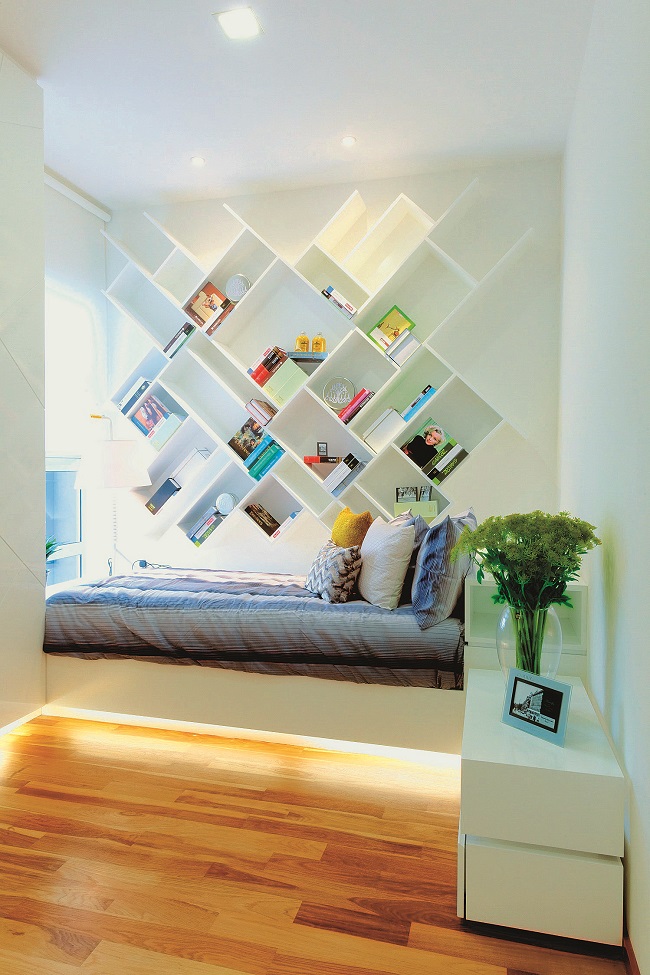
The dual key concept
A dual key home is a residential unit that can be split into two apartments. Both are self-contained and share a common foyer and single title. One apartment is typically smaller, much like a studio apartment with its own lock, small kitchen and bathroom. This concept allows several generations of a family or strangers to maintain their independence while living together.
“These homes are popular with investors and owner-occupiers because they offer flexibility for a multi-generational family to live together. It also presents the opportunity for passive income if one unit is rented out,” says Kong.
“Millennials are great influencers. They typically have a say in the type of property that is bought even if they are not the ones footing the bill. Dual key properties appeal to young adults who are starting their career but living with their parents, as well as families that are taking care of the elderly, says Leong.
Green homes
Sam Tan, group managing director of Ken Holdings Bhd, says green homebuilding is still a growing trend. “The developer’s priorities have not changed. We still aim to provide our homebuyers with a good quality of life. This often requires the best use of resources and a clean and green environment for the home. Green homebuilding is a trend that can be seen all over the world.
“Interest in the concept is growing and I hope to see more developers adopting green features in their developments. This could be energy-efficient features that can lower utility cost or green designs that promote healthier living for the homeowner. Over time, buyers would appreciate the benefits of a green home and look for properties with such features.”
This story first appeared in City & Country’s “Mapex Property Showcase Special Report” on Oct 12. Subscribe here for your personal copy.
Interested in condos in Kuala Lumpur after reading this article? Click here.
TOP PICKS BY EDGEPROP

Bandar Puncak Alam
Bandar Puncak Alam, Selangor
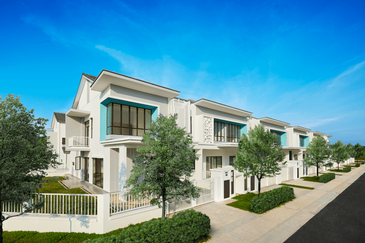
Bandar Puncak Alam
Bandar Puncak Alam, Selangor
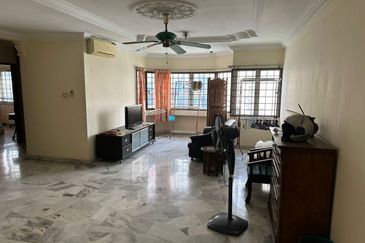
De Tropicana Condominium
Kuchai Lama, Kuala Lumpur


